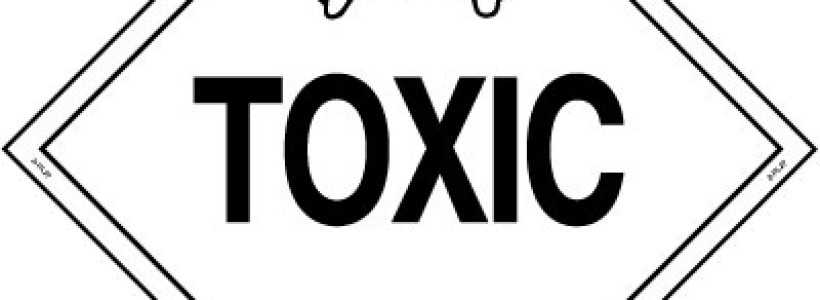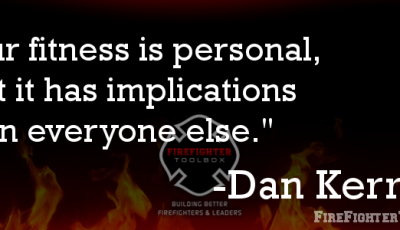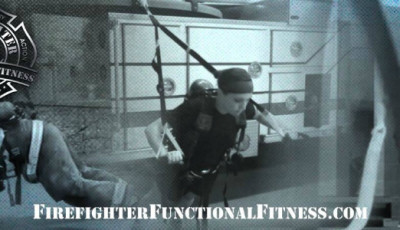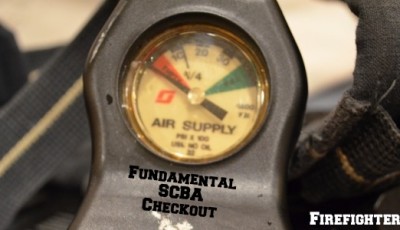Overhaul Operations, CO and Your PPE [Smart Firefighter = Being On Air During Overhaul]
How often do you wear your SCBA and remaining PPE during all stages of firefighting operations?
Do you take off your mask early during overhaul?
Have you ever gotten a headache after a fire?
Do you realize overhaul can be on a house fire or on an auto fire?
It is called the IDLH or Immediately Dangerous to Life and Health for a reason.
Being on Air during Overhaul is the Smart Thing to do!
Let me explain…
We have always known that smoke is bad for our bodies. As times change so does the material that burns in today’s fires. There are all sorts of new synthetic technology rubbers, plastics, various laminates designed into todays furnishings and building materials. When these products burn they emit toxic byproducts such as Hydrogen Cyanide (HCN), Carbon Dioxide (CO2), Hydrogen Sulfide (H2S), Formaldehyde (CH2O), Phosgene (COCL2), Carbon Monoxide (CO), Sulfur Dioxide (SO2), and all sorts of aromatics hydrocarbons, just to name a few. The is a never ending and always growing list.
Ask yourself, “What are the long term effects of these repeated exposures to these products?”
If we are not properly protected against these toxins then we place our bodies in comproming health situations. That headache I mentioned in the beginning of this article is just one symptom of carbon monoxide poisoning and it comes from lack of proper respiratory protection during operations, especially during overhaul.
[Your Gear and Particulate Matter ] It’s not cool to be dirty with soot, it’s deadly!
These toxins can enter our body through three out of the four routes of entry, inhalation, absorbtion, and ingestion. By wearing ALL our personal protective equipment and monitoring the air then we can protect ourselves from these toxins. When we get back to the station make sure you clean your gear throughly per manufactuers guidelines, including helmet, gloves and hood. Studies have shown that smaller particles can slowly permeate the layers of gear and eventually reach our skin. By doing this you remove the remaining contaminants and further reduce toxin absorbtion through the skin.
How do we know when it’s all clear?
Meter, Meter, Meter….
The best method to determine when the air is clean enough to back down on our level of respiratory protection is with a multi-gas meter. We can measure CO, H2S, O2, HCN, CO2, and many other toxic elements with this meter. These devices are user friendly and give you the ability to choose what you want to measure for in the IDLH.
Again, we have the tools to help us. We just need to decide to use them, understand how to properly use them, and how to interpret the data properly.
If you have a policy on air monitoring on the fire scene review it again and follow it to the letter. If you don’t have a policy in place do your research and put one together as soon as possible. Importantly if you are not following a set policy there may be potential repercussions if you attempt to file future health related claims
Remember its your health and wellness at stake including those of your family and co-workers.










This is a bit of a pet peeve of mine. Thank you for the great article. I will be sharing this with the guys on my shift.